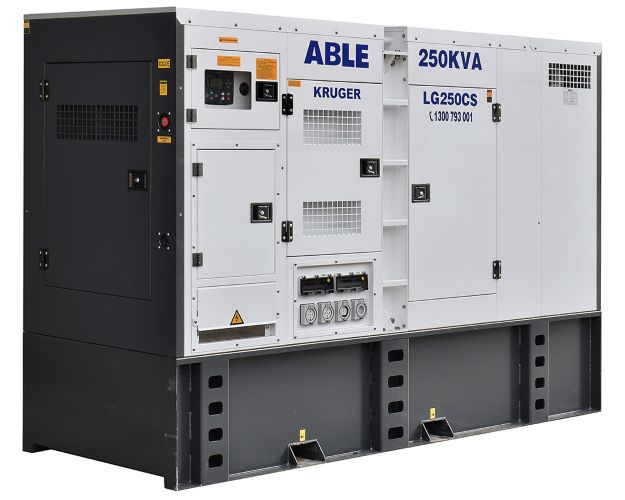
Is generator paralleling the same as synchronised generators?
While the two concepts share similarities, it’s essential not to conflate Generator Paralleling with Synchronous Generators. Synchronous generators are devices that convert mechanical energy into electrical energy, their output frequency synchronized with the generator’s speed, typically driven by a prime mover like a steam turbine or gas engine. Commonly found in large power plants, they excel in high power output and efficiency.
On the other hand, Generator Paralleling involves connecting multiple generators in parallel to provide greater power output collectively than a single generator could achieve alone. When paralleled, generators synchronise their electrical outputs to maintain consistent voltage and frequency. This enables them to collaborate in supplying power to a shared load and offers redundancy in case of individual generator failure.
What is generator paralleling VS. synchronised generators?
In electrical generator terminology, paralleling refers to synchronizing two electrical inputs by aligning their voltage waveforms. Simply put, paralleling or synchronizing generators involves linking multiple generators to enhance total wattage output.
These interconnected generators operate in tandem, increasing the available wattage for the equipment or building being powered. They automatically adjust, activating or deactivating generators as power demands fluctuate. Able Sales specialises in synchronising up to 32 generators effortlessly, scaling as needed. Paralleling expands power availability, ensuring critical systems remain operational during power emergencies.
What are the benefits of generator paralleling?
In contrast to relying on a single generator during emergencies, industries such as hospitals, mining sites, farms, and municipalities recognize the advantages of paralleling generators. Combining multiple generators enhances reliability, facilitates variable load management, and enables maintenance activities without interruption to power supply.
The primary advantage lies in eliminating single points of failure in emergency power systems, minimising the risk of power outage if a generator malfunctions. Particularly valuable for hospitals and mining sites, paralleling generators provide ongoing emergency care and essential standby power.
The new rules of paralleling generators?
Aligning generators for paralleling presents challenges. Able Sales electricians, well-versed in paralleling, emphasize the importance of selecting generators capable of seamless operation alongside others. Ensuring compatibility often involves matching load requirements, a complex task due to unpredictable load fluctuations.
Fortunately, Power Temp Systems’ Smart Generator Paralleling Panel simplifies the process. Supporting paralleling of various generator types and sizes, including those not originally designed for paralleling, these panels offer configurations from 2 to 32 generators. Equipped with web-based monitoring, users can oversee and manage the system remotely via any internet-enabled device, ensuring continuous power system surveillance.
Moreover, the Smart Panel enhances flexibility by enabling additional generators to join the system as needed and detach when surplus power is no longer required. For upgrading emergency power systems, consult Power Temp Systems’ power distribution specialists to learn more about the Smart Generator Paralleling Panel’s capabilities.

$
- Cummins Powered
- Stamford Alternator
- Water Cooled

- Mine Spec Bunded
- Cummins Powered
- 19 Hours Continuous Run Time



